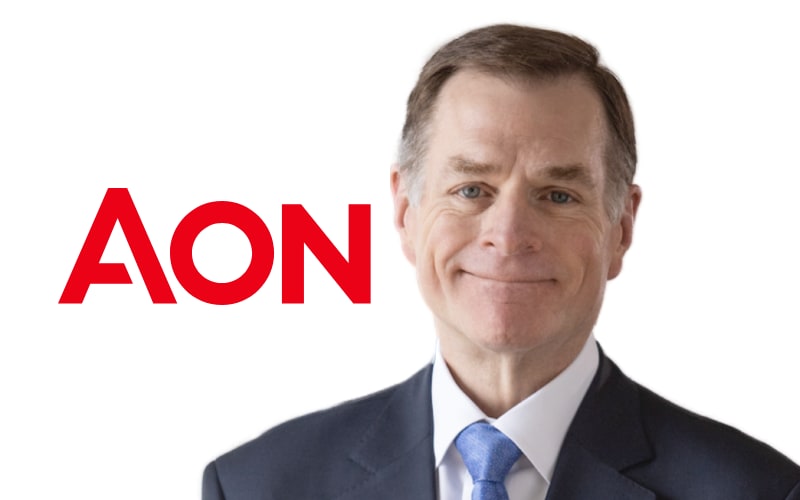Aon is seeing strong growth in uptake of parametric solutions among its corporate and commercial clients, unlocking new capital sources for them by bringing together its reinsurance and analytics capabilities, alongside capacity from both traditional and insurance-linked securities (ILS) markets, comments by CEO Greg Case show.
During the Aon second-quarter earnings call last week, CEO Greg Case went into some detail on how Aon is finding synergies between its reinsurance and commercial risk business, especially through the use of data and analytics, as well as alternative risk transfer solutions such as parametrics.
Transaction growth for these arrangements has been significant over the last few years and capital market or ILS sources of capacity are also key to them, as a way to help large corporate insurance buyers access new sources.
During the earnings call Aon CEO Case explained, “Step back a little bit and think about it. This isn’t really from a product orientation, it’s from a client orientation. We’re literally stepping in asking the question, how can we help clients both defend the house, think about their balance sheet and what they’re doing, but also grow and actually build capability.
“For us, whether treaty, facultative, ILS, all these things come into play as you think about helping the client do that.
“So in many respects, not competing, but complementary. For us, it’s really been a great story from a reinsurance standpoint. We’ve just got such a remarkable capability, remarkable global capability, that continues to get stronger. And now, with the 3×3 Plan and the investment behind it in Analytics, you know, absolutely tremendous.”
Case continued, “This capability, as part of Risk Capital, is then an amplifier, a big amplifier. So you’ve got reinsurance in and of itself, tremendously positive, continuing to progress with increasing demand, a great opportunity. Within Risk Capital, now we’re talking about how to take this capability and really embed it into the commercial risk decision process as well. Very complimentary.
“We’re talking about the largest companies in the world, trillion dollar balance sheets asking the question around, how do I understand volatility? And the answer to that is not a product. It’s not an individual solution line. It is global Aon. Think about just ILS, and what we’ve done for commercial companies emanating from reinsurance.”
Here, Case referenced some transaction growth figures, although did not describe exactly what type of arrangements the numbers were for on the call.
“In 2021 we did basically no deals, 2020 nothing, and in 2024 we did 109 and year to date 2025 we’re already at roughly 100,” he explained.
We reached out to Aon to gain a better understanding of what these figures refer to and the company told us they are parametric risk transfer arrangements for large corporates, a growing number of which also utilise ILS market capacity.
So, Aon’s CEO was referring to the broker’s growth in placing parametric risk transfer solutions for corporate clients, arrangements which source capital from both traditional re/insurance and ILS markets.
The company told us these transaction statistics shared by Case show precisely how successful Aon has been in leveraging its Risk Capital structure, especially Reinsurance and Analytics, to unlock new sources of capital for its commercial client base.
Case closed his comments by saying, “This is truly remarkable in terms of what the opportunity is here. So for us, this is the wheelhouse in terms of net-new demand as it evolves over time that we’re going after. So, I’m pretty excited about the opportunities here as they connect reinsurance and commercial risk.”
As we reported back in June after Aon’s investor day, Greg Case had said the company had bound $3 billion of parametric limit in the previous twelve months, further reflecting the traction achieved in this sector with transactions that often feature ILS market capacity, as well as traditional re/insurance.
It’s one way Aon is marshalling alternative sources of capital to support its large insurance buyers, helping them to benefit from diversification in capacity, access to more capital, as well as to benefit from the sometimes lower costs-of-capital of institutional investors.
While, for the insurance-linked securities (ILS) market and its investors this is a way to access parametric risk, which for some ILS funds can be particularly appealing, while deploying capital closer to the front-end of the risk transfer market chain.

